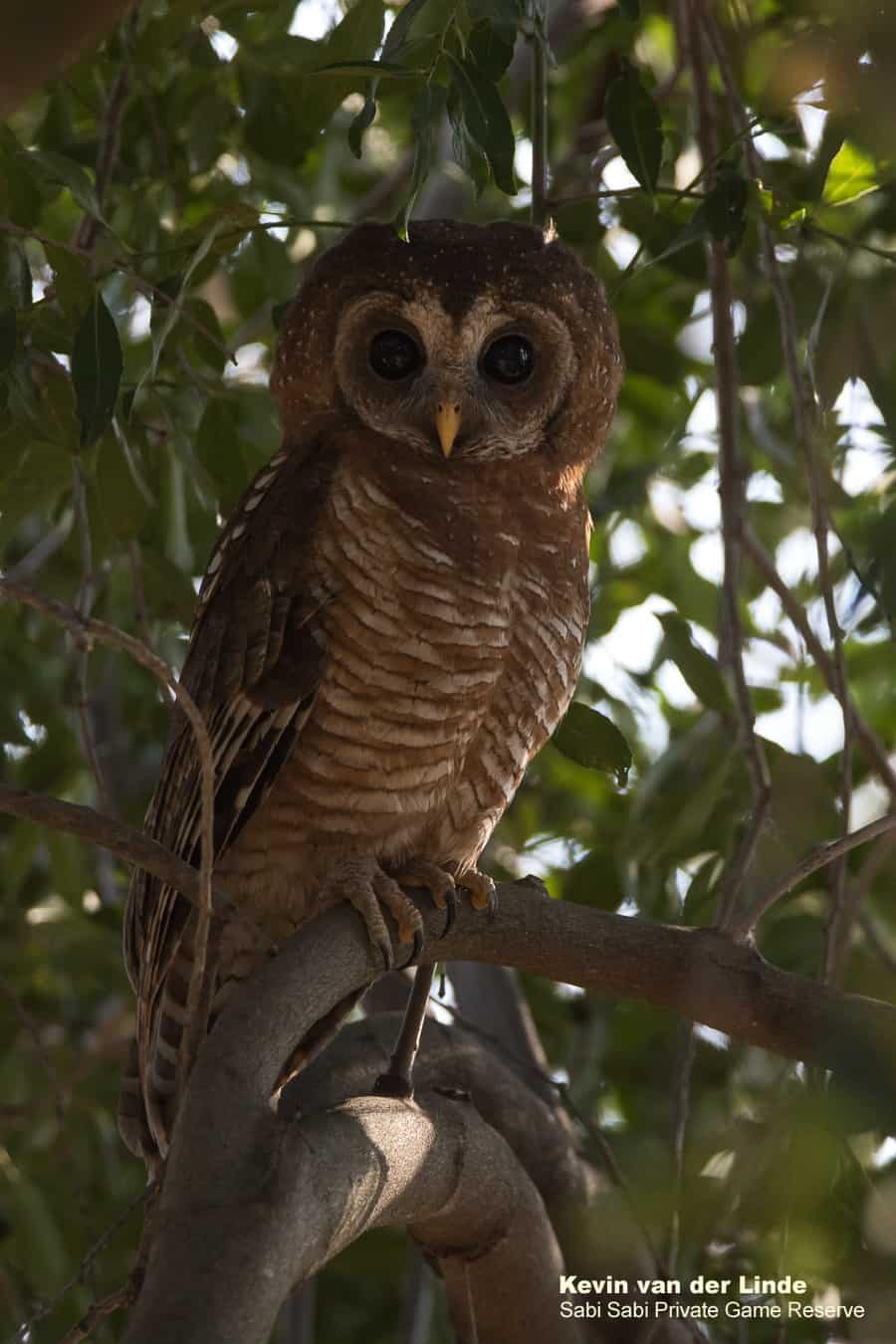African Wood Owl
on Sep 06, 2019Species name: African Wood Owl
Scientific name: Strix woodfordii
Weight: 290 g
Size: 33 cm
General habitat: Forest, from the edge of primary forest to dense woodland. Riverine forest and plantations.
Diet: Insects, small birds, rodents, frogs, small snakes, small mammals and centipedes
Incubation: 31 days

Once the sun has set, the nocturnal species come out to play, including the beautiful Wood Owl. Owls are not the most colourful of bird species as they are nocturnal and will make use of calls to impress a suitable partner. They are monogamous and territorial. They usually nest in a natural tree hole and occasionally in old stick nests. The same nest site is used repeatedly even when pair member changes.
The Wood Owl hunts mainly from favourite low perches dropping onto prey on the ground but they will also hawk insects or bats in flight.
When returning from safari at night during the summer months their calls can often be heard and you might even hear a pair that might be calling to one another. To get a glimpse of these birds you will need a torch to shine high up in the trees to where they might be perched.
My Memorable Sighting
When I just started working at Sabi Sabi I had heard that there was a pair of African Wood Owls that lived around Bush Lodge. Upon returning from safari one morning I heard some birds calling frantically in a tree near our staff accommodation. I went to go take a look at what all the fuss was about and to my surprise there was a Wood Owl sitting perched in the shade. My heart raced as I ran to fetch my camera in my safari vehicle and managed to get a few shots of my first sighting of this beautiful owl.
Photo Content










